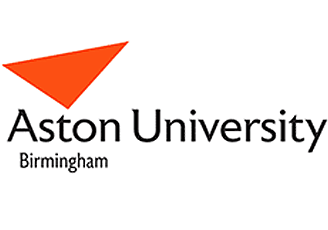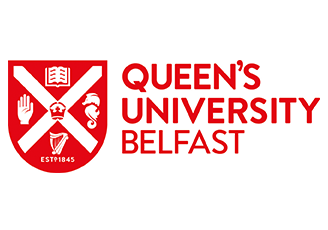When it comes to innovation ecosystems, is bigger better?
Innovation Centres (ICs) are an under-reported and under-defined institution within the innovation ecosystem. Research by the Enterprise Research Centre and Cork University Business School for the Institute of Physics (IOP) aimed to understand the role played by physics-related ICs in supporting physics-based innovation across the UK and Ireland. The IOP’s reach across both countries provides a unique opportunity to look at what proved to be differing approaches to innovation support and allows us to consider the question is bigger better? Or, to put it another way, does an innovation ecosystem with more component parts better serve innovative businesses?
Firstly, the research involved defining and identifying physics-related Innovation Centres across the two countries, followed by interviews with a sample of the ICs and physics-based innovation firms.
In defining ICs, we identified four distinguishing characteristics:
- An IC is focused on developing individual business or their technologies (distinct from innovation intermediaries which focus on networking)
- An IC has a technology and business focus
- An IC is focused on near-market elements of the R&D process
- And for this study, the IC must have some form of physics specialism in personnel or in providing business access to lab equipment.
The research finds that both countries have well-developed innovation ecosystems, and a number of Innovation Centres were identified. There is a greater variability in form, function and funding between the UK ICs compared to those in Ireland. There was some indication of greater (and emerging) uniformity in Scotland and Northern Ireland compared to England, but we cannot be conclusive on this matter[1].
Whilst both the UK and Ireland have well-developed innovation ecosystems, due to the different processes of policy development in the two economies, the UK and Irish innovation ecosystems have different characters. The UK‘s ecosystem has evolved from a series of individual decisions by institutions. One of the IC respondents thought this evolutionary approach necessary because of the specificity of support needed, dependent on the innovation:
’… a new idea emerges and suddenly there are five initiatives to help support that idea. You know, graphene emerges as a wonder material, and suddenly there’s all sorts of programs to help you with graphene. And it just gets very, very complicated…..and it’s gonna remain that way I think because I don’t think you will get a universal innovation model because we’re not developing the same thing all the time and different innovations require different elements of support.
By way of contrast, in Ireland, centralised and state funding of key elements of the innovation ecosystem has led to a more strongly curated and uniform innovation ecosystem, with common elements across different regions. According to our research, this approach does not appear to hamper responsiveness to invention and discovery.
From the physics-based business perspective, is the evolutionary, and in this case, bigger, ecosystem preferable to the curated ecosystem, or vice versa?
In the UK, there was a tendency for there to be a qualitative rather than quantitative gap in support, illustrated by this small business owner:
‘too many people provide support, but nevertheless, we don’t get enough support’.
And reiterated by this IC:
‘People don’t see the wood for the trees, so they may miss things like the Catapult. They may miss things like Innovate UK programs because they’re trying to process too much’.
Whereas one business respondent in Ireland, who had experience of starting a business in the UK and Ireland, reported:
‘at the start, it was much easier to see what was available in Ireland…..[the] Irish pathway is a lot clearer…..and all grants build on top of each other’.
Our research suggests the Irish innovation ecosystem is easier to navigate for physics-based firms.
What is evident across both countries is that the people within ICs are knowledgeable and tapped into networks. This allows them to redirect queries they cannot deal with to other institutions or actors within the innovation ecosystem. They, and their expertise, are the connectors which enable the ecosystems to function, whatever form the ecosystem takes.
The contribution of this research to the rather stark question posed in this blog is to suggest that it is more difficult for ‘bigger’ (more variable components and less curation) to be better when it comes to how innovation ecosystems support innovative businesses. What matters, perhaps, is some degree of co-ordination of activities and clearly available information about what support is available. The IOP is well-placed to do this for physics-based businesses, and indeed it does provide these services, but it will likely prove an easier task in Ireland than in the UK.
Read the full report here.
Carol Stanfield is a freelance researcher and Senior Research Associate at the Enterprise Research Centre, University of Warwick.
Please note that the views expressed in this blog belong to the individual blogger and do not represent the official view of the
Enterprise Research Centre, its Funders or Advisory Group
[1] The research suggests there are differences in the degree of co-ordination across all 4 nations of the UK, but the sample size was not large enough to confirm.











